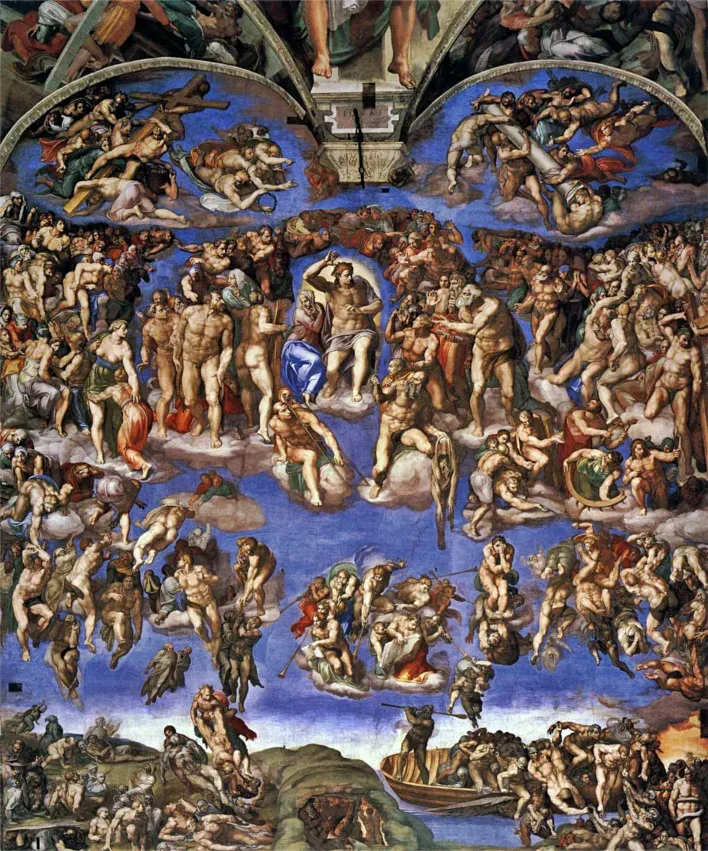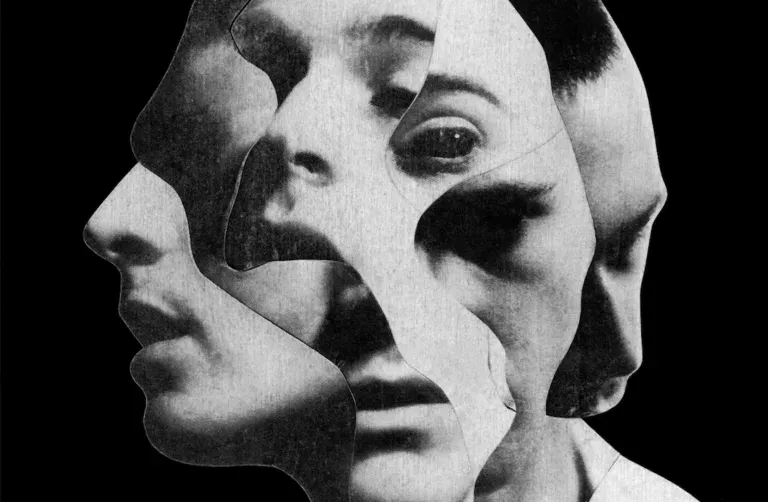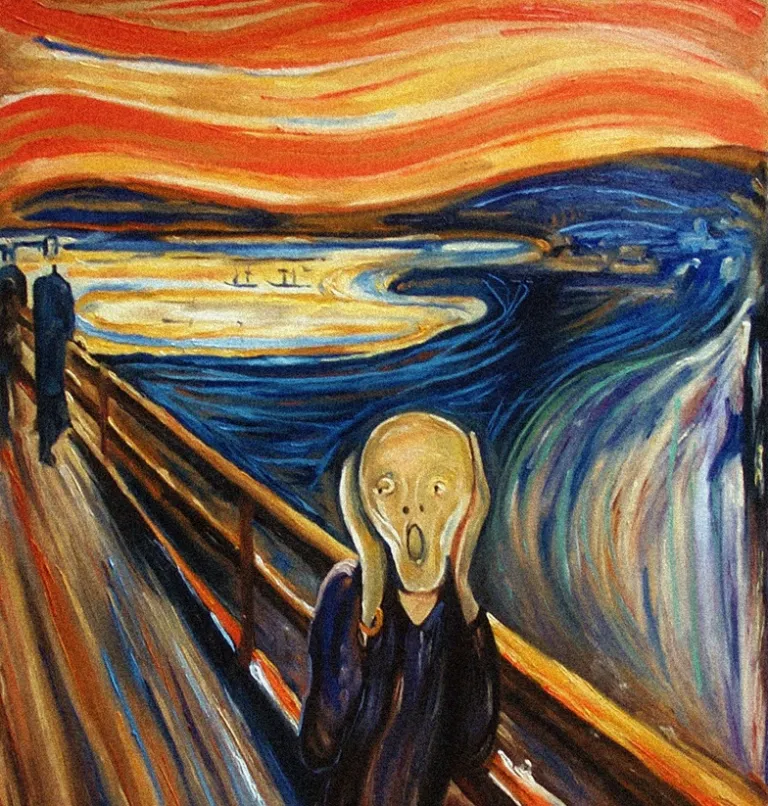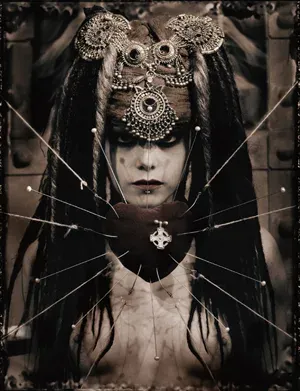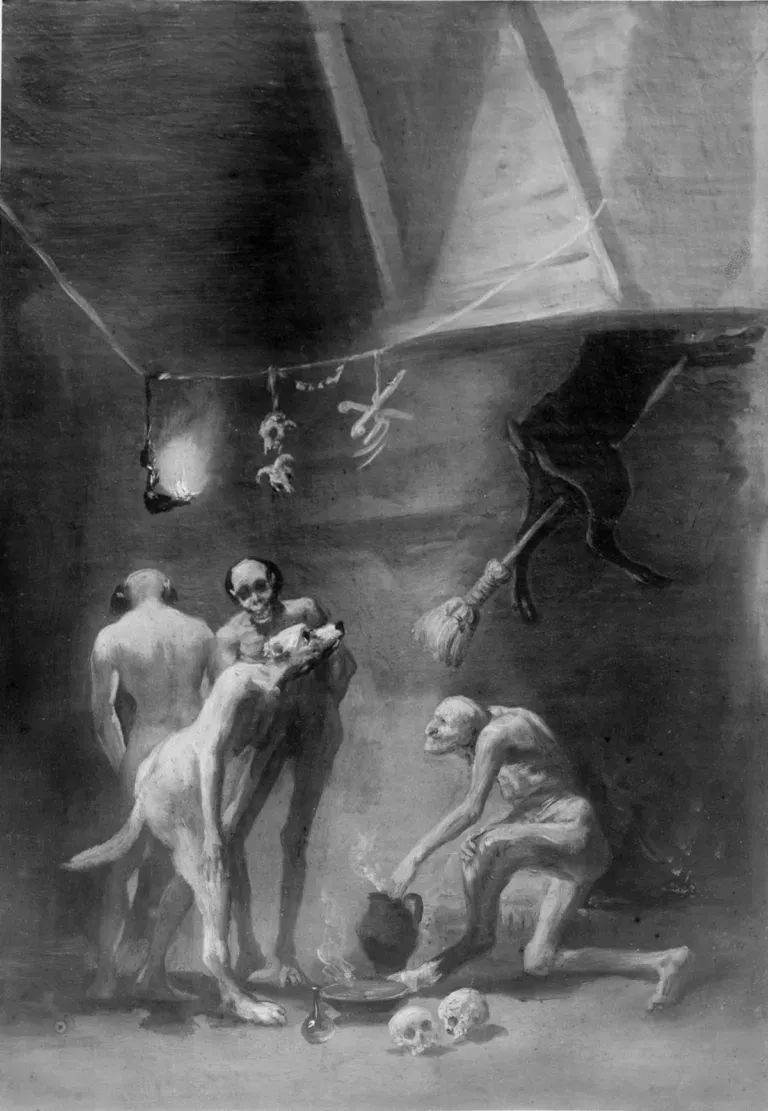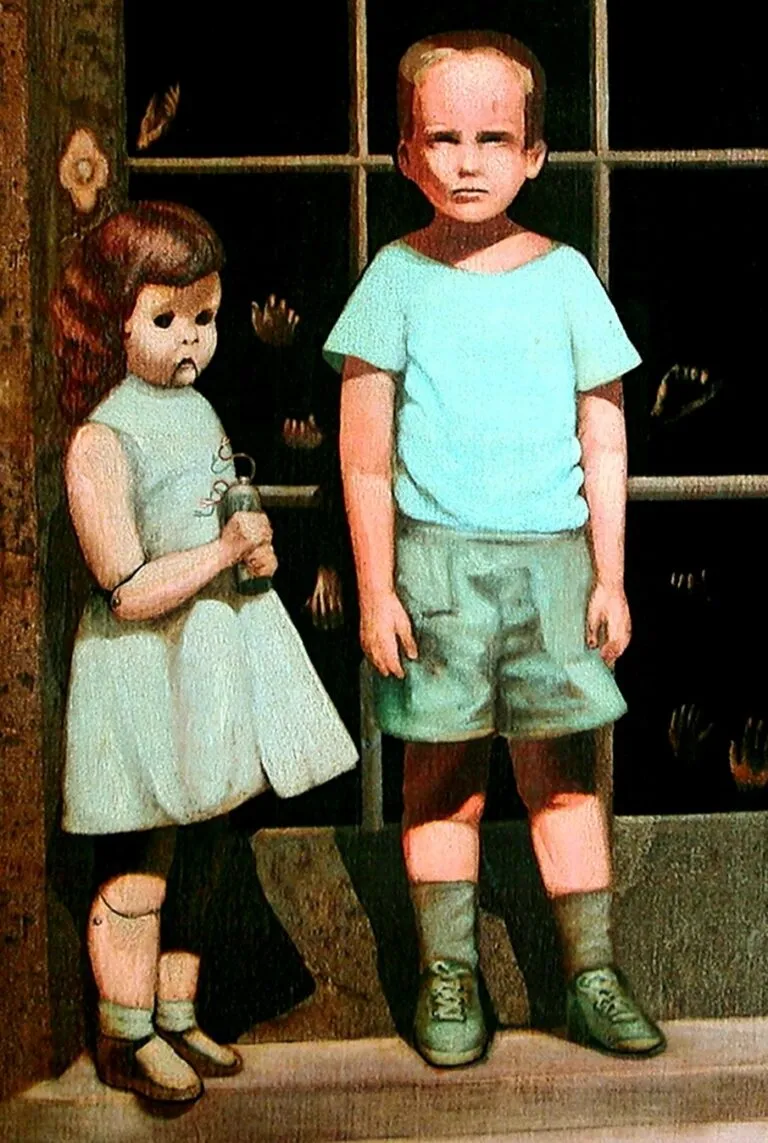The Last Judgment
“The Last Judgment” is a monumental fresco painted by Michelangelo Buonarroti in the Sistine Chapel between 1536 and 1541.
Depicting the theme of the Last Judgment, the fresco covers the entire wall behind the altar, measuring about 12 meters in height by 14 meters in width, and represents one of the most imposing and important works of Renaissance art.
The fresco represents the final moment of human history, when Jesus Christ will return to earth to judge the living and the dead. The composition of the fresco is divided into three main parts: the upper part represents Christ and the angels descending from heaven with the sound of the trumpet to judge humanity; the central part represents hell and purgatory, with the damned condemned to eternal damnation and the blessed ascending to paradise; the lower part represents the resurrection of the dead and the ascent of the blessed to heaven.
Michelangelo depicted the theme of the Last Judgment in a very personal way, showing his religious beliefs and his fears for eternity. The fresco is characterized by a strong sense of movement and drama, with muscular and superhuman figures that seem to burst from the wall.
In the foreground, several figures can be noticed, some of which are portraits of real people of the time, including Pope Paul III who commissioned the work. In the center of the fresco, Michelangelo depicted the figure of Christ the judge, with his right arm raised in a gesture of blessing and his left arm lowered to indicate condemnation. Around Christ, there are angels, who blow trumpets to announce the judgment.
In the central part of the fresco, Michelangelo depicted hell and purgatory, with the damned condemned to eternal punishment and the blessed ascending to paradise. The figures in hell are represented in an extremely realistic and detailed way, with bodies contorted and tormented by suffering. At the same time, the upper part of the fresco is occupied by benign and serene figures, representing salvation and eternity.
Michelangelo Buonarroti’s fresco “The Last Judgment” is a masterpiece of Renaissance painting that represents the theme of the final judgment in a powerful and personal way. The work had a huge impact on the culture and history of art, influencing generations of subsequent artists. Still today, the fresco is a very popular tourist attraction and an admired work of art all over the world.

